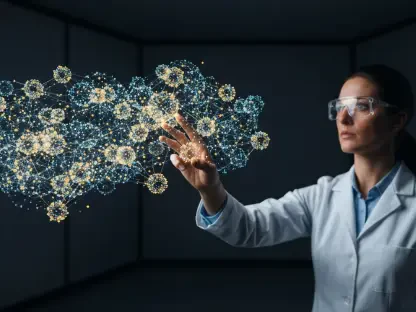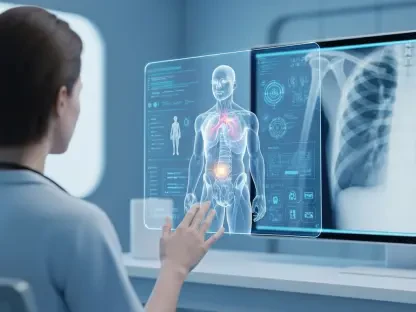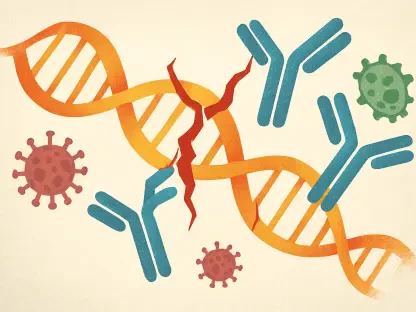The Hong Kong University of Science and Technology has recently unveiled a groundbreaking artificial intelligence tool named the Mixture of Modality Experts (MOME), promising to significantly advance breast cancer diagnosis and management. Designed to match the precision of seasoned radiologists, MOME aims to offer expert-level diagnoses of breast cancer in a non-invasive manner. The model is trained on China’s largest multiparametric MRI dataset specialized in breast cancer, seeking to bring critical improvements to early detection and accurate disease subtyping, which are essential aspects of combating this prevalent condition. As breast cancer remains a life-threatening disease, accurate identification of its subtypes, coupled with predicting treatment responses, becomes increasingly crucial. However, conventional AI models often face challenges when integrating the rich, multi-sequence data from mpMRI, especially under clinical scenarios where some imaging data might be incomplete or unavailable. The innovation introduced by HKUST lies in MOME’s ability to overcome these hurdles by employing a mixture-of-experts approach and sophisticated transformer architecture, ensuring robust and reliable interpretation of complex MRI information.
MOME’s Advanced AI Architecture and Features
The unique capabilities of MOME demonstrate the transformative role AI can play in healthcare, particularly in environments where resources are limited and critical diagnostic data may be missing. The model is engineered to effectively handle gaps in multimodal MRI imaging components, enabling comprehensive patient condition assessments, which enhance its capability for molecular subtyping and predicting treatment responses. By leveraging its scalable design, MOME allows for continuous learning, adapting and improving its diagnostic accuracy over time through incorporation of new data sets and emerging imaging technologies. This aligns well with real-world clinical settings, offering diverse healthcare environments access to sophisticated diagnostic tools that were previously unattainable. As AI technologies evolve, MOME stands out as a quintessential example of how artificial intelligence can be harnessed to improve the precision and personalization of cancer management, providing clinicians with non-invasive options to support medical decision-making.
Clinical Validation and Integration
Clinical validation of MOME is currently underway in numerous hospitals, including Shenzhen People’s Hospital and Guangzhou First Municipal People’s Hospital. These trials focus on integrating the AI system seamlessly with existing hospital workflows and processes to optimize patient experience and enhance decision-making efficiency. Preliminary findings are encouraging, showing that MOME could significantly cut down unnecessary biopsies in BI-RADS 4 patients by accurately distinguishing benign cases. The trials also reveal promising applications of the model in predicting reactions to neoadjuvant chemotherapy and in subtyping aggressive triple-negative breast cancer, one of the most difficult subtypes to manage. This seamless integration into clinical workflows underscores the potential AI models have in revolutionizing the way medical imaging and diagnostic processes are carried out, ultimately reducing costs, improving patient outcomes, and increasing the efficiency of healthcare systems.
Future Implications for AI in Healthcare
The Hong Kong University of Science and Technology has introduced an innovative AI tool called the Mixture of Modality Experts (MOME), set to revolutionize breast cancer diagnosis and management. MOME is engineered to deliver expert-level diagnosis, comparable to experienced radiologists, through a non-invasive approach. Its design is honed using China’s largest multiparametric MRI dataset focused on breast cancer, aiming to enhance early detection and precise disease subtyping, vital for tackling this potentially fatal disease. Breast cancer remains a significant threat, making accurate subtype identification and treatment prediction crucial. Traditional AI models often struggle with rich, multi-sequence mpMRI data, particularly in clinical settings where imaging might be incomplete. The breakthrough offered by HKUST lies in MOME’s use of a mixture-of-experts strategy and advanced transformer architecture, enabling effective analysis of complex MRI data, overcoming limitations faced by conventional models, and ensuring reliable information interpretation.









